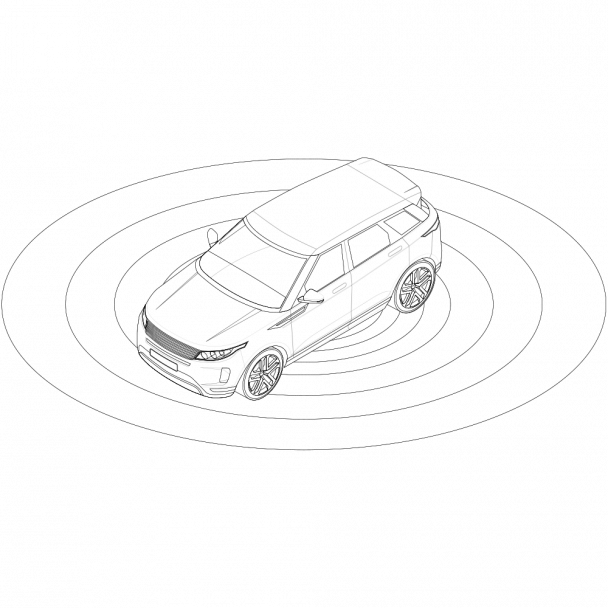
The autonomous car journey: more marathon than sprint
It’s a long-held dream for many: climb into a driverless car, sit back and let it deliver you safely to your destination. Yet the reality of creating a truly autonomous car has proved difficult to realise.
The team behind the first ever self-driving car – Navlab 1 – set up the world’s inaugural road-following demo in 1984. Meanwhile, at the University of Munich, the Eureka Prometheus Project was underway. This resulted in two driverless vehicles – the VaMP and VITA-2 – making a successful journey together in 1994 down a busy Paris highway.
Fast forward to today and huge advances have been made. Self-driving tractors have been used in Australia since 2011. And GPS and sensor vehicle technology is becoming a regular feature in logistics, construction and mining. However, the race to create completely safe and reliable self-driving cars for the mass market is still on. Abel + Imray’s work in this sector has shown that finding the right technological and legal balances is incredibly complex. But once they’re cracked, the positive impact could be huge: from making life easier for older people and those living with disabilities, to reducing road accidents and traffic congestion. And they might even help the odd lawyer get to the office on time...